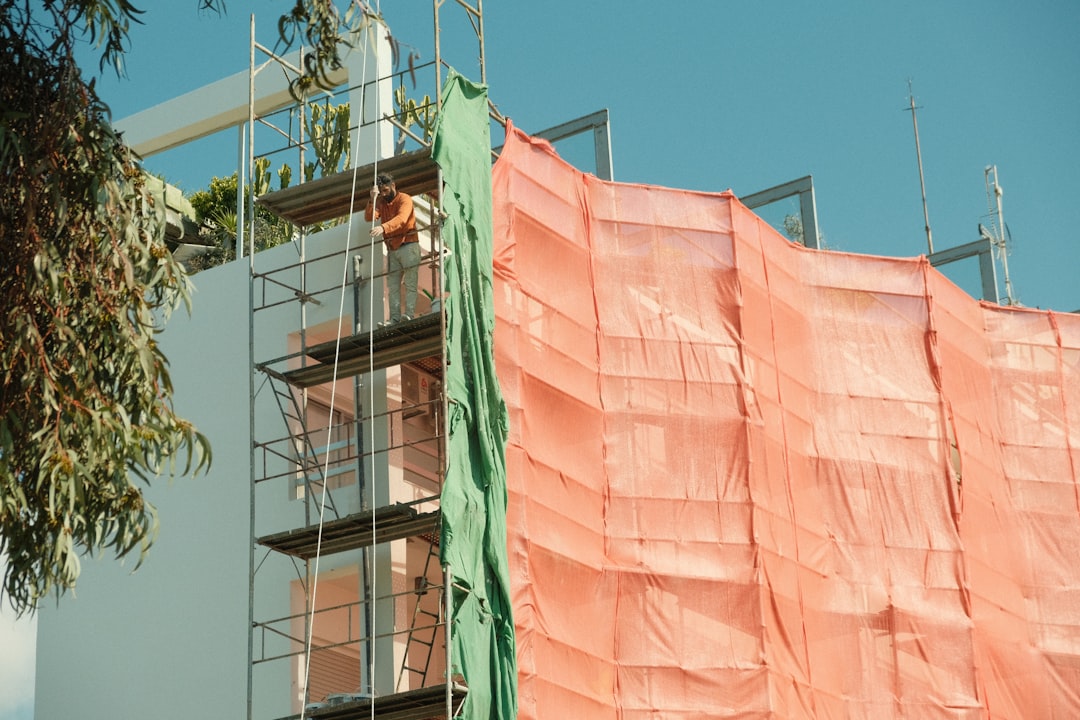
For construction professionals seeking insulation solutions in Los Angeles, understanding the cost dynamics is crucial. As of 2025, the average installation costs are:
These figures provide a baseline for budgeting and project planning.
Los Angeles experiences significant temperature fluctuations, making effective insulation essential for energy efficiency. Contractors and builders often search for 'insulation near Los Angeles' to find reliable partners who offer data-driven material selections and real-time pricing. CountBricks provides these solutions, ensuring compliance with Southern California's residential codes.
CountBricks Voice-to-Estimate™ transforms on-site conversations into comprehensive insulation takeoffs. Our software listens for key details such as square footage and R-value targets, then:
Upload your PDF blueprints to CountBricks. Our AI detects structural elements and matches them to Title 24 requirements, providing a color-coded plan for insulation placement.
Los Angeles's diverse housing stock requires tailored insulation solutions. CountBricks guides you through options such as:
Most Los Angeles addresses fall under Climate Zones 9 and 10, requiring specific R-values. CountBricks ensures compliance, reducing costly change orders.
1. Launch a voice session in the CountBricks app and describe the project.
2. AI captures measurements and details in real time.
3. Review and adjust the estimate in the field.
4. Send the quote directly from your phone.
5. Convert the quote to a work order with one tap.
6. Track job costing on CountBricks.com/dashboard.
Visit CountBricks.com to schedule a demo or start a free trial. Transform your search for 'insulation near Los Angeles' into a streamlined workflow.

A 2,100 sq ft 1915 Craftsman required insulation upgrades. Using CountBricks, the contractor captured measurements during the walkthrough. The proposal included:
Linking to local suppliers saved $420 on materials, and the autogenerated schedule reduced project time.
Blower-door tests showed a 28% reduction in air leakage. The data was uploaded to CountBricks.com/portfolio, helping win similar projects.
CountBricks is a comprehensive solution for Los Angeles insulation projects. Book your demo at CountBricks.com.